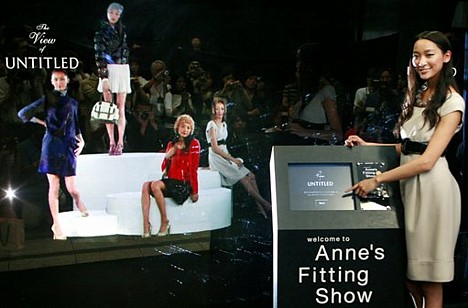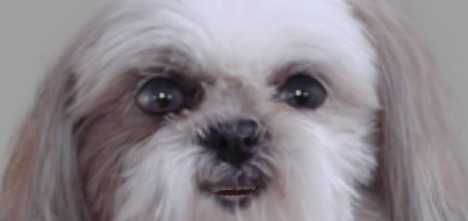
Motion Portrait is a killer little piece of digital animation technology that easily transforms an ordinary digital photograph of a face into a living 3D animation that can blink and move its eyes, turn its gaze to follow the movement of the mouse cursor, express a range of emotions, sneeze and more -- all in a matter of seconds. In addition to being fast and easy to use, Motion Portrait is much lighter than conventional 3D animation engines, making it ideal for use in cellphones, handheld games and other portable devices.
Originally developed at the Sony Kihara Research Center two years ago, Motion Portrait now belongs to Motion Portrait Inc., which was founded this July after the research center closed its doors last year. As the company continues to develop Motion Portrait, it is on the lookout for new ways to put the technology to use.
While the technical details are being kept secret, the company says Motion Portrait works by automatically recognizing the eyes, nose, mouth and other facial features in ordinary digital photographs to create an instant three-dimensional map of the head. The data is then run through Motion Portrait's Expression Engine to create a range of facial expressions. Here are a few examples of Motion Portrait at work: 1, 2, 3.
In addition to photographs of human faces, Motion Portrait can also breathe life into pictures of pets, with a little manual input. Check out this fun yet sinister-looking dog (pictured above). Grrrr!
The technology can also be used to create anime from illustrations, and it is already being used in a PSP game -- the Promise of Suzumiya Haruhi (Suzumiya Haruhi No Yakusoku) by Bandai Namco Games -- due out in early August. With the ability to create a wide range of facial animations from a single image, Motion Portrait promises to reduce game development costs and improve quality. In addition, when used in conjunction with the company's voice recognition technology, Motion Portrait automatically syncs the animated lips with voice data to create realistic-looking talking mouths. Here are two anime examples: 1, 2.
The company also sees potential uses for Motion Portrait in advertising and in creating avatars used on social networking sites. Further, as a simulation tool, beauty salons can use Motion Portrait to show customers how they might look with different hairstyles and makeup, and eyeglass shops can use it to help customers choose their next pair of eyeglasses.
No word yet on when Motion Portrait will be made available to the general user.
[Source: Motion Portrait via IT Media]
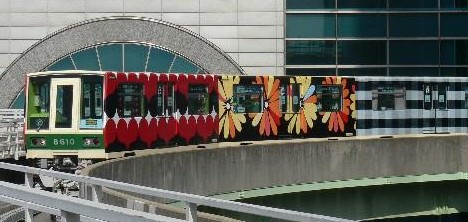

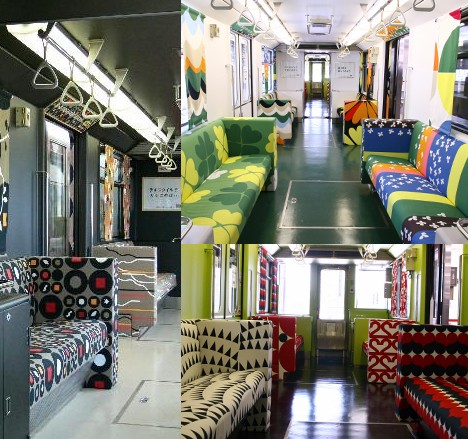
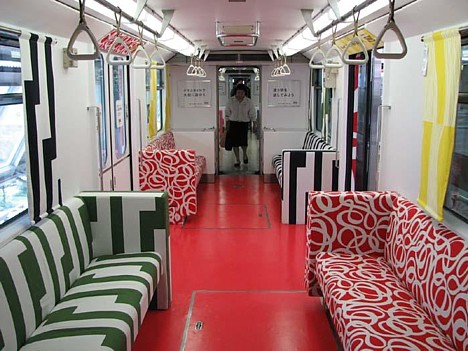
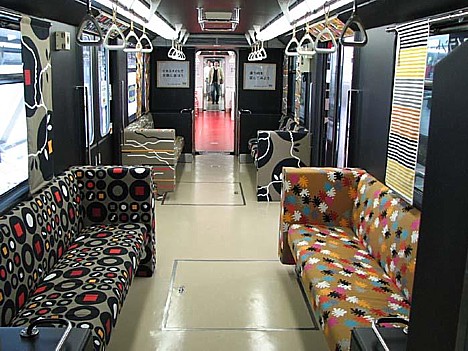

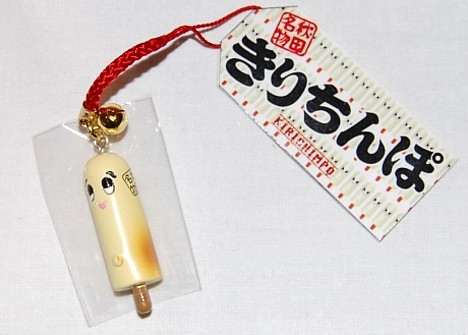
 The company came up with the idea for Kirichimpo last year after witnessing the far-reaching success of Marimokkori, a happy, well-endowed green monster mascot from Hokkaido, whose name is a play on the words marimo (a type of giant algae ball found in Lake Akan) and mokkori ("erection"). Marimokkori's popularity extends far beyond Hokkaido's shores, to as far away as Chiba, the home of his younger peanut-headed cousin named Mamemokkori (mame means "bean"), and Tokyo, where mounds of the popular Marimokkori can be found inside UFO Catcher claw vending machines at game centers.
The company came up with the idea for Kirichimpo last year after witnessing the far-reaching success of Marimokkori, a happy, well-endowed green monster mascot from Hokkaido, whose name is a play on the words marimo (a type of giant algae ball found in Lake Akan) and mokkori ("erection"). Marimokkori's popularity extends far beyond Hokkaido's shores, to as far away as Chiba, the home of his younger peanut-headed cousin named Mamemokkori (mame means "bean"), and Tokyo, where mounds of the popular Marimokkori can be found inside UFO Catcher claw vending machines at game centers.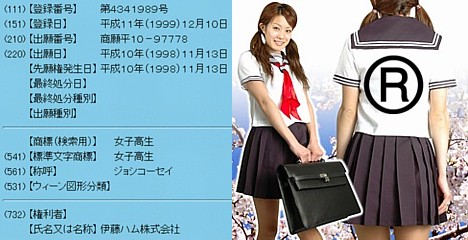


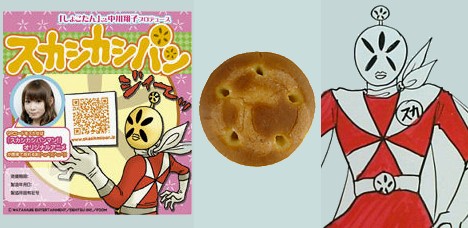
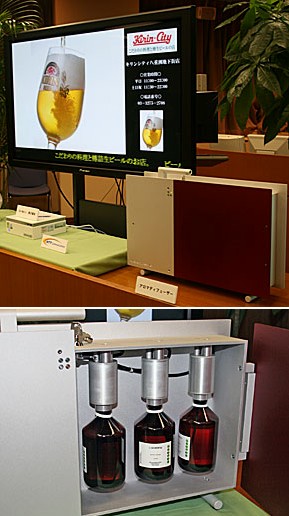 NTT Communications (NTT Com) has announced plans to begin testing its latest aroma-emitting digital sign technology, called "Kaoru Digital Signage," in Tokyo. The tests, which will take place outside the Kirin City Beer Hall in the underground Yaesu Shopping Mall (JR Tokyo station) from October 21 to the end of December, will involve internet-controlled signs that display electronic imagery of beer while emitting aromas such as lemon and orange. The researchers aim to study the sign's effectiveness in drawing passersby into the restaurant.
NTT Communications (NTT Com) has announced plans to begin testing its latest aroma-emitting digital sign technology, called "Kaoru Digital Signage," in Tokyo. The tests, which will take place outside the Kirin City Beer Hall in the underground Yaesu Shopping Mall (JR Tokyo station) from October 21 to the end of December, will involve internet-controlled signs that display electronic imagery of beer while emitting aromas such as lemon and orange. The researchers aim to study the sign's effectiveness in drawing passersby into the restaurant. 